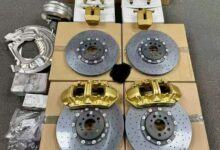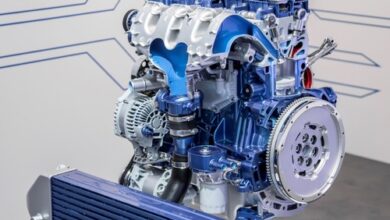The engine screams, a raw, mechanical symphony that vibrates through the chassis and into your bones. You’re cocooned in the cockpit, the scent of high-octane fuel and hot asphalt filling the air. Your heart hammers against your ribs, not from fear, but from a pure, unadulterated anticipation of the green flag. In this moment, where a fraction of a second defines the line between glory and the gravel trap, every component is critical. And one of the most crucial sits across your chest and lap: your racing belt.
This isn’t just a strap; it’s your primary connection to the machine. It’s the anchor that allows you to become one with the car, to feel every nuance of grip through the seat of your pants and the feedback through the steering wheel. When you dive into a hairpin at triple-digit speeds, your body is subjected to immense G-forces that will tear an untethered driver from their position. A properly secured racing belt holds you firmly in place, ensuring your hands remain on the wheel and your feet on the pedals, not bracing yourself against the door panel.
A standard seatbelt is designed for comfort and passive safety on the road. A racing belt is engineered for survival and performance on the track. It’s a multi-point harness, typically a 5-point or 6-point system, that distributes crash forces across the strongest parts of your body—your pelvis, shoulders, and thighs. The robust latch mechanism, often a quick-release cam lock, ensures you are locked in securely with a definitive, satisfying click. In the event of an impact, this system works in tandem with your racing seat to keep you safely contained within the survival cell of the vehicle.
But the racing belt is more than a safety device; it’s a performance enhancer. By eliminating the need to brace your body during hard cornering, heavy braking, and rapid acceleration, it reduces fatigue and allows for sharper, more precise inputs. You can push the car harder, later into the braking zone, and get back on the power sooner because you are physically locked into the optimal driving position. The confidence instilled by that tight, reassuring hug of the harness is immeasurable. It allows a driver to focus entirely on the track ahead, the shifting RPMs, and the race strategy, not on fighting centrifugal force.
From the amateur enthusiast at a track day to the professional battling for a championship, the ritual is the same: pull the straps tight, one by one, until you are immobile. It’s the final, deliberate act before committing to the track. It’s a signal to yourself that you are prepared, protected, and ready to perform.
Before you turn a single lap, inspect your harness. Check for frayed webbing, ensure the metal hardware is free of cracks, and confirm the expiry date—because safety has no finish line. Your racing belt is your most trusted co-pilot. Don’t just strap in; secure your performance. Secure your safety. Secure your passion.





